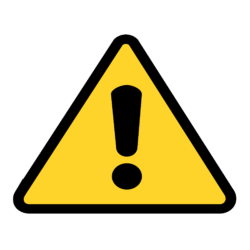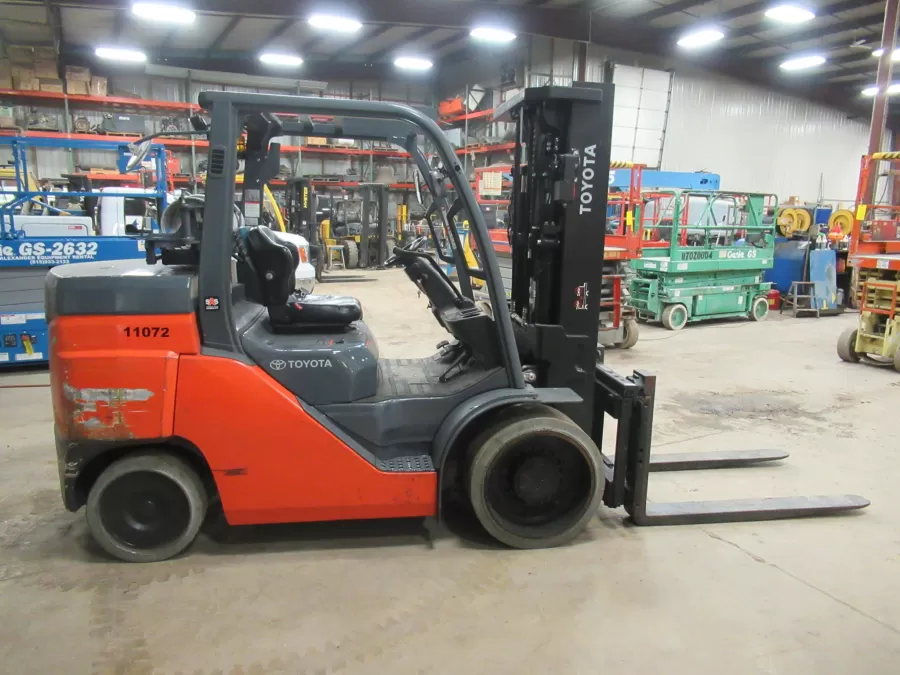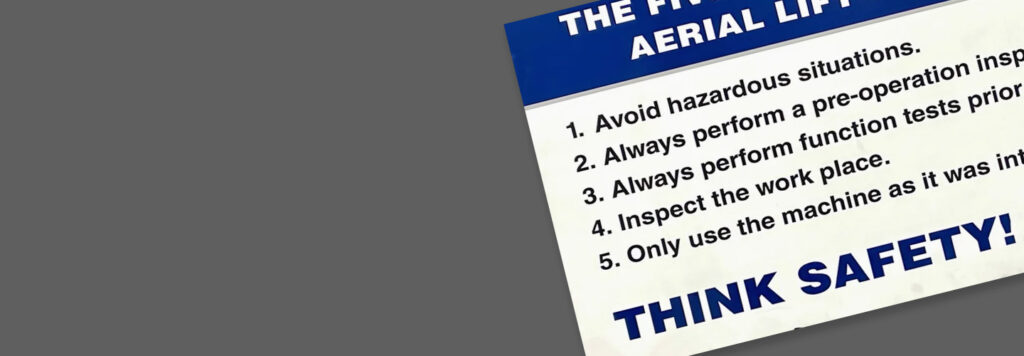An ANSI Compliant MEWP Safe Use Plan Requires a Detailed Site Risk Assessment
5 Steps for Developing a Standards Compliant Plan
The employer, or User** must first appoint a Qualified*** person to perform an assessment of the risks associated with MEWP use at the facility or job site. Risk assessments and machine selection involve multiple factors. The Qualified person must consult manufacturer references for additional guidance.
This required MEWP specific risk assessment should start by defining the steps for developing a standards compliant plan.
1. Identify the task to be undertaken
The task to be undertaken must be clearly identified, including location and timing.
2. Select an appropriate MEWP
An appropriate machine for the task must be identified. Factors to consider can include, but are not limited to:
The task to be performed
Constraints of the worksite
Is the jobsite indoors or outdoors?
Ground condition
Site access
Proximity to other personnel on job site
Proximity to other equipment
Proximity to the public
3. Assess the risks associated with the task
All risks associated with MEWP operation must be identified. To identify risks, a daily workplace inspection must be performed, and operators must always remain aware of their surroundings and possible changing conditions. Any observed condition changes should be immediately communicated to the entire work force on site.
Examples are:
Traffic
Wind and unsafe weather
Drop offs and potholes
Overhead obstructions
Other personnel in the work area
Electric overhead
4. Identify control measures
For every identified risk, control measures must be defined.
Examples:
| Risk | Control Measures |
|---|---|
| Traffic | Cones/barricades/caution tape. |
| Wind/unsafe weather | Do not operate MEWPs in winds exceeding 28mph or unsafe weather. |
| Drop offs/Potholes | Conduct workplace inspection prior to moving machine. |
| Overhead obstructions | Conduct workplace inspection prior to moving machine. |
| Other personnel | Cones/barricades/caution tape. |
| Electric overhead | Conduct workplace inspection prior to moving machine. Identify voltage. |
| Debris/ground obstructions | Conduct workplace inspection prior to moving machine. |
Basic Safety Rules for Safe Forklift Operation
5. Rescue from Height
The employer or User** must develop a written rescue plan that will be carried out in the event of machine breakdown, platform entanglement or fall from platform.
The plan must be put in writing and become part of the company’s training manual.
All platform occupants must receive training that explains the procedures to follow if they fall and await rescue or witness another workers fall.
Equipment failure
If system failure results in loss of control functions, the operator must:
Notify and coordinate with MEWP supervisor. (if possible)
Switch to auxiliary power system and lower platform.
If necessary, the operator will attempt to get help from other personnel in the work area to assist with emergency manual descent controls to lower the platform.
If necessary, call emergency technical services. (911)
Fall from platform
This part of the Rescue from Height plan is intended to assist an operator who has fallen from the platform. A Qualified*** person must develop a plan that limits the time a person is suspended after a fall. That plan may include:
Self-rescue – rescue by the person involved
Assisted rescue by other workers in the area
Technical recue by emergency services. (911)
Implementing the Risk Assessment
The risk assessment must be communicated to everyone involved. For long term jobs, it must be repeated periodically as necessary. Any changes to the risk assessment must be communicated immediately to all workers on site.
Definitions:
* MEWP: Mobile Elevating Work Platform
** User: The person or persons who are in the position of directing operators to use a MEWP to perform work. Most commonly, this is the employer.
*** Qualified: One who, by possession of a recognized degree, certificate, professional standing, or who by extensive knowledge, training, and experience, has successfully demonstrated his or her ability to solve or resolve problems relating to the subject matter, the work, or the project.
Alexander Equipment offers comprehensive MEWP operator training.





